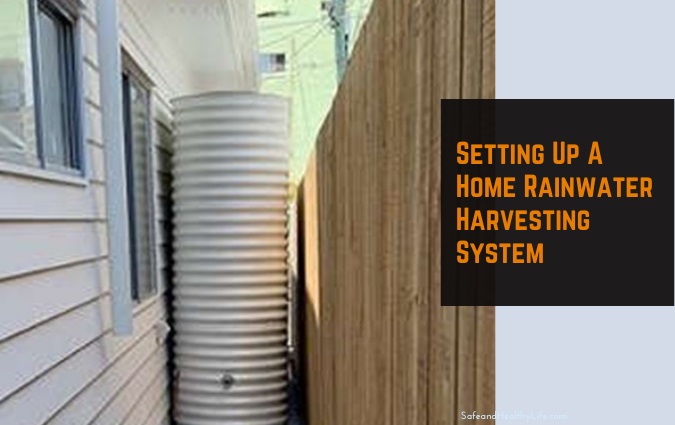
Trying to save some money this year for something that matters to you?
Cutting down on your favorite things often helps a bit, but the quality of life matters too, so it’s great to find ways you can save money that doesn’t impact your lifestyle.
Fortunately, rainwater is free! And it’s not just great for the budget: by reducing your reliance on mains water supply, you can cut your bills and contribute to a greener Australia.
With droughts and water restrictions becoming more and more a part of everyday life, you can expect water rates to carry on going up in the years and decades to come; but a well-made water tank constructed from steel will also last for decades, giving you cheaper bills in the long-term while contributing to Australia’s future water security. Sorted!
An important caveat: while most of the water we use in our homes doesn’t have to be treated as “drinking water” or used for bathing, cooking, etc. you shouldn’t drink water straight from your tank as it can contain contaminants.
Rainwater is all-natural, but from leaf debris to industrial pollutants, and even bird droppings, there’s plenty of nasties that can get in.
That’s not a problem when you’re using rainwater to water your garden or flush your toilet, but for that small fraction of water that needs to be drinkable, you should either use treated mains water from the taps in your home, or you should invest in a whole-house rainwater filtration system for water tanks, like this one from Select Water Tanks, a water tank manufacturer, and supplier based just south of Brisbane, servicing SE QLD and north NSW including Brisbane, Byron Bay, Sunshine Coast, Gold Coast and more.
So, ready to learn about setting up a rainwater harvesting system? Here’s what you need to know.
Rain Barrel or Water Tank?
Around half of Brisbane homes are equipped with water tanks: they’re no longer just a sight you’ll see in regional towns! Indeed, most homeowners who harvest rainwater use a roof catchment system, placing a water tank next to their home.
Some homeowners use a rain barrel under a downspout; this is better than nothing, in that it’s an easy way to collect small amounts of water for use in your garden; however, it also overflows easily and is finicky to use.
Slimline or Round Water Tank?
When we think about water tanks, many of us think about bulky, sometimes unsightly round water tanks that they’ve driven by on childhood vacations. But city-dwellers are increasingly choosing slimline water tanks for their space-saving capabilities and attractive look.
These tanks are positioned directly against your house, and their shape means you’re getting the most storage capacity out of your available space. This doesn’t mean that round water tanks can’t look great though, and if you’ve got a budding artist in the family, they can even be used as a mural canvas to become a treasured feature of your backyard!
Setting up your rainwater catchment system
Construction of your water tank’s base is critical. For example, for Select Water Tanks’ range of steel water tanks, the base must be flat, level and fully supporting the bottom and the rim of the tank and at least 100mm greater than the base of the tank. They also recommend that the base be made out of concrete.
Positioning matters too; your tank must be close enough to the roof to let gravity do its job in delivering water from your roof and down your downspout.
People sometimes place water tanks away from their property, even on top of a hill – this is less than ideal, especially if you’re then wanting to deliver the same water into your home for household uses like flushing the toilets or doing the laundry.
When installing the water tank, you’ll need to attach a downspout from your roof to the inlet of your water tank, to direct rain into your tank.
You’ll also need to attach an overflow and outlet; the overflow releases excess water that doesn’t fit into the tank and usually delivers that water into your storm drain.
The outlet will direct water to your rainwater tank pump, to be diverted into your home. Just hook up the overflow, outlet, and pump and you’re ready to harvest rainwater!
Ideas and inspiration for your home and garden
Want more great ideas for your best home and garden life? Stay tuned to our blog for plenty more information!
About The Author:
Adam Petford writes articles about Rainwater Harvesting, for the importance of water conservation, the health benefits, and the positive impact on the environment.




